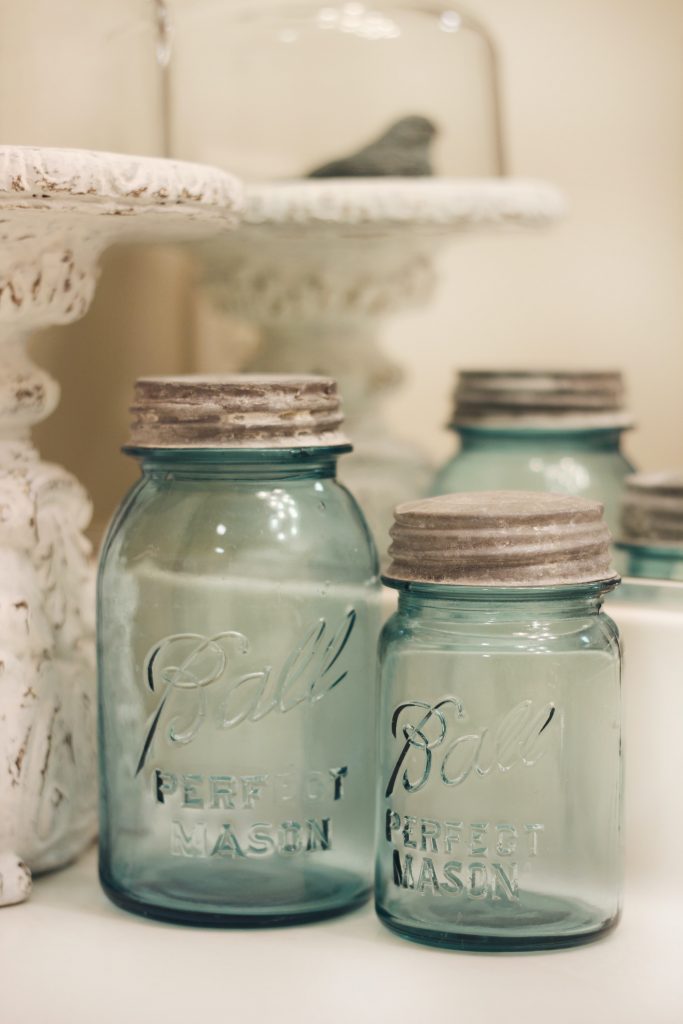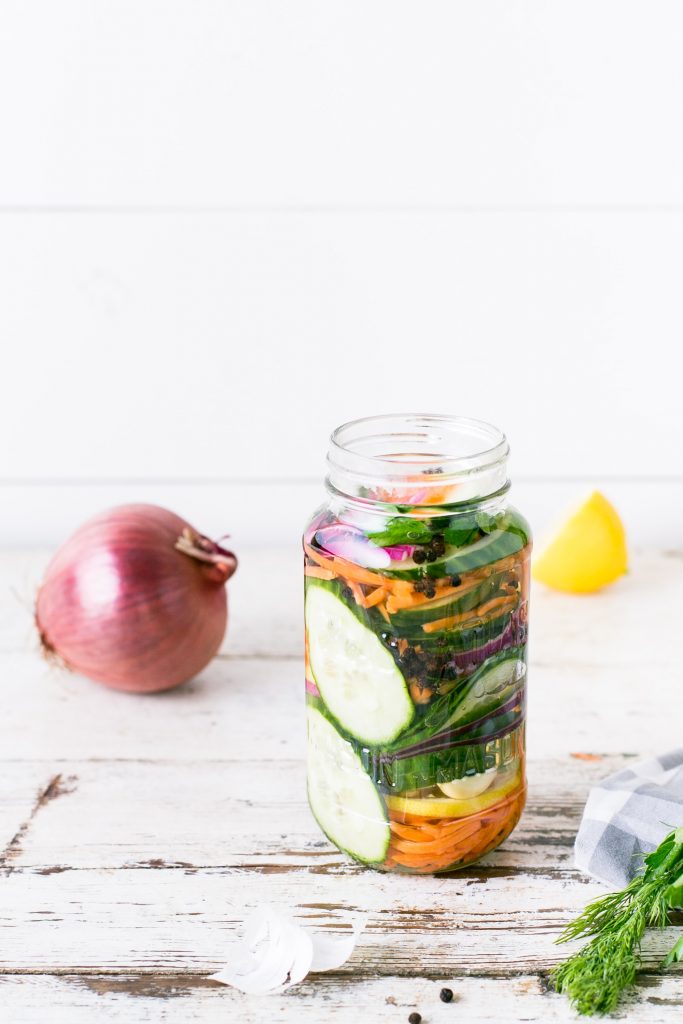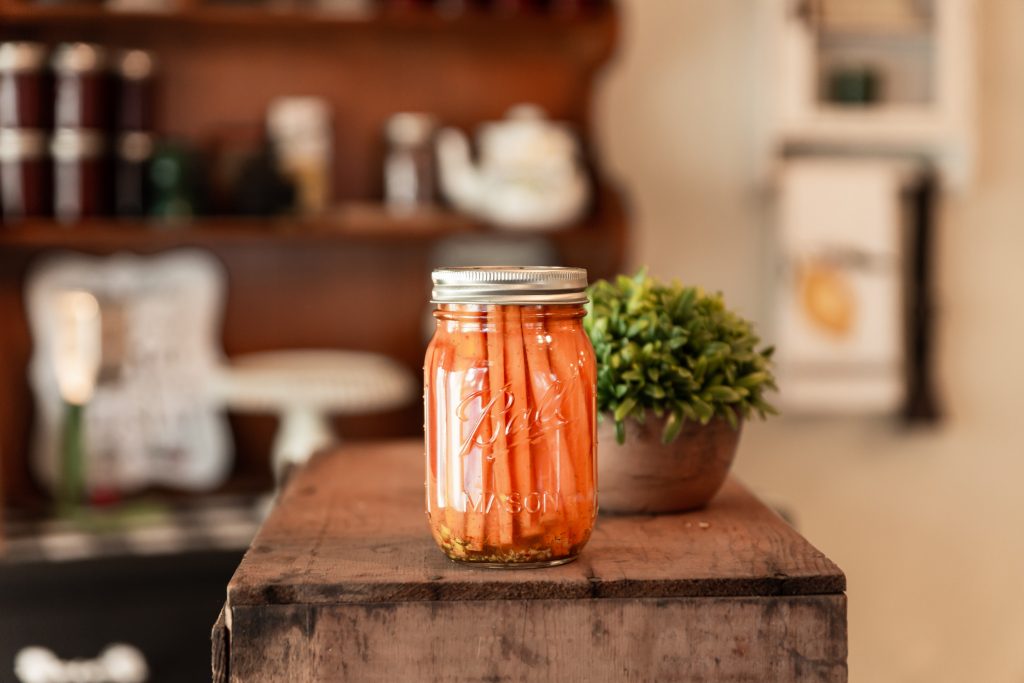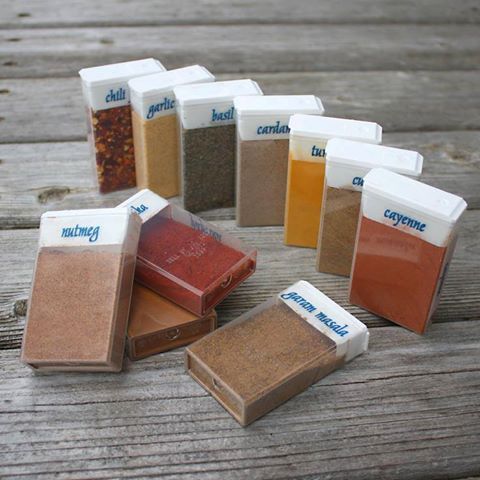
Did you know that with proper storage techniques, you can have a lifetime supply of certain foods? Certain foods can stand the test of time, and continue being a lifeline to the families that stored it. Knowing which foods last indefinitely and how to store them are you keys to success.
The best way to store food for the long term is by using a multi-barrier system. This system protects the food from natural elements such as moisture and sunlight, as well as from insect infestations.
Typically, those who store bulk foods look for inexpensive items that have multi-purposes and will last long term. Listed below are 11 food items that are not only multi-purpose preps, but they can last a lifetime!
Honey
Honey never really goes bad. In a tomb in Egypt 3,000 years ago, honey was found and was still edible. If there are temperature fluctuations and sunlight, then the consistency and color can change. Many honey harvesters say that when honey crystallizes, then it can be re-heated and used just like fresh honey. Because of honey’s low water content, microorganisms do not like the environment.
Uses: curing, baking, medicinal, wine (mead)
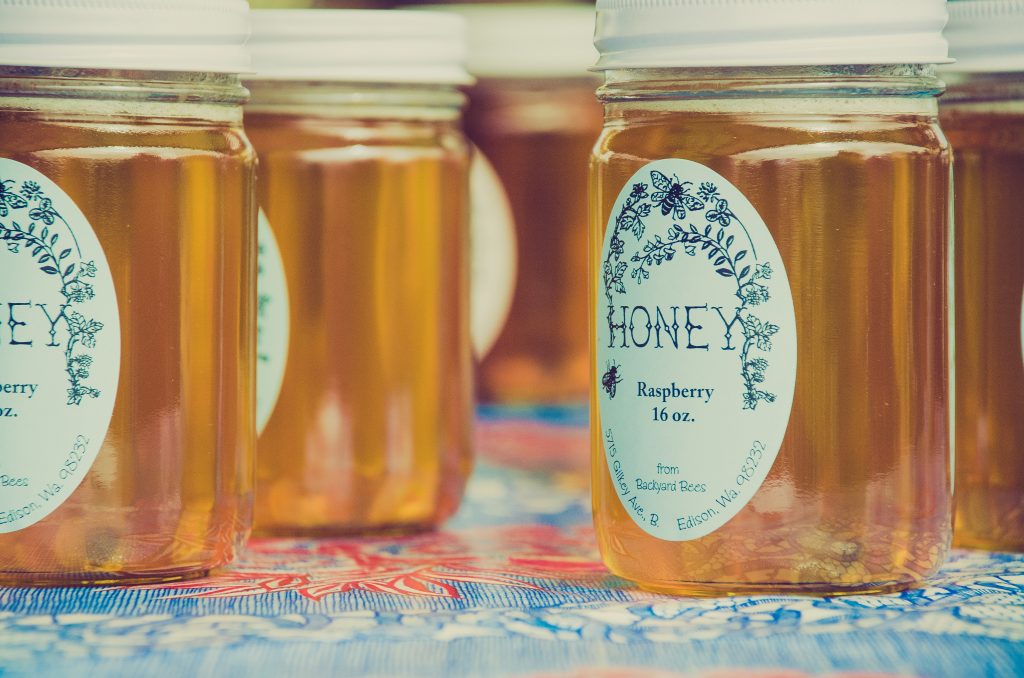
Salt
Although salt is prone to absorbing moisture, it’s shelf life is indefinite. This indispensable mineral will be a valuable commodity in a long term disaster and will be a essential bartering item.
Uses: curing, preservative, cooking, cleaning, medicinal, tanning hides
Sugar
Life would be so boring without sugar. Much like salt, sugar is also prone to absorbing moisture, but this problem can be eradicated by adding some rice granules into the storage container.
Uses: sweetener for beverages, breads, cakes, preservative, curing, gardening, insecticide (equal parts of sugar and baking powder will kill cockroaches).
Wheat
Wheat is a major part of the diet for over 1/3 of the world. This popular staple supplies 20% of daily calories to a majority of the world population. Besides being a high carbohydrate food, wheat contains valuable protein, minerals, and vitamins. Wheat protein, when balanced by other foods that supply certain amino acids such as lysine, is an efficient source of protein.
Uses: baking, making alcohol, livestock feed, leavening agent
Dried corn
Essentially, dried corn can be substituted for any recipe that calls for fresh corn. Our ancestors began drying corn because of it’s short lived season. To extend the shelf life of corn, it has to be preserved by drying it out so it can be used later in the year.
Uses: soups, cornmeal, livestock feed, hominy and grits, heating source (do a search for corn burning fireplaces).
Baking soda
This multi-purpose prep is a must have for long term storage.
Uses: teeth cleaner, household cleaner, dish cleaner, laundry detergent booster, leavening agent for baked goods, tarnish remover
Instant coffee, tea, and cocoa
Adding these to your long term storage will not only add a variety to just drinking water, but will also lift morale. Instant coffee is high vacuum freeze dried. So, as long as it is not introduced to moisture, then it will last. Storage life for all teas and cocoas can be extended by using desiccant packets or oxygen absorbing packets, and by repackaging the items with a vacuum sealing.
Uses: beverages, flavor additions to baked goods
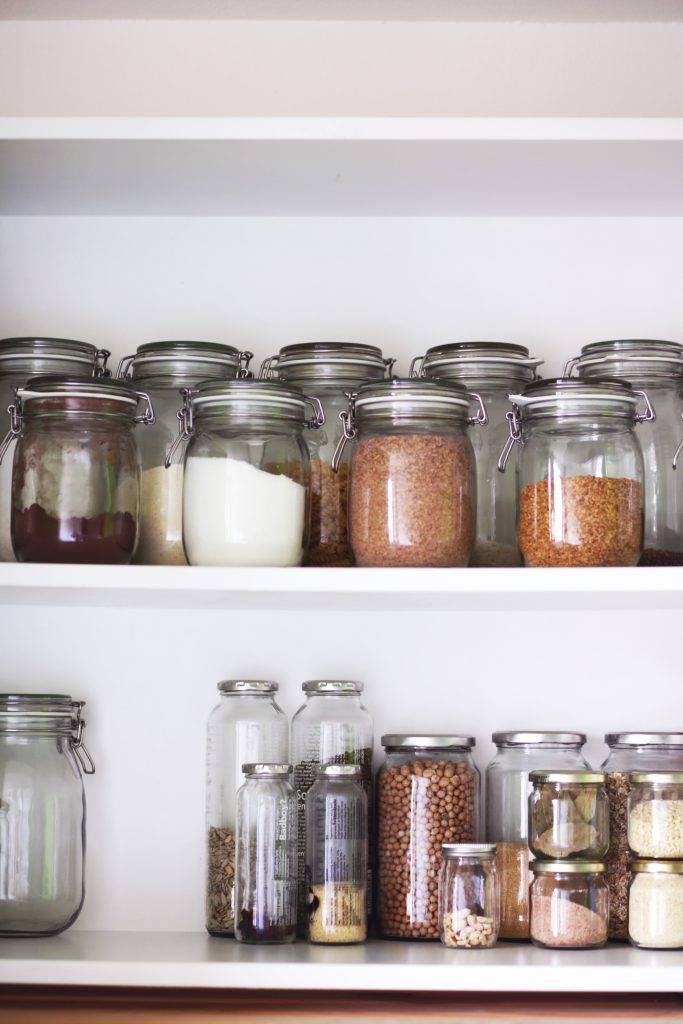
Non-carbonated soft drinks
Although many of us prefer carbonated beverages, over time the sugars break down and the drink flavor is altered. Non-carbonated beverages stand a longer test of time. And, as long as the bottles are stored in optimum conditions, they will last. Non-carbonated beverages include: vitamin water, Gatorade, juices, bottled water.
Uses: beverages, flavor additions to baked goods
White rice
White rice is a major staple item that preppers like to put away because it’s a great source for calories, cheap and has a long shelf life. If properly stored this popular food staple can last 30 years or more.
Uses: breakfast meal, addition to soups, side dishes, alternative to wheat flour
Bouillon products
Because bouillon products contain large amounts of salt, the product is preserved. However, over time, the taste of the bouillon could be altered. If storing bouillon cubes, it would be best repackage them using a food sealer or sealed in mylar bags.
Uses: flavoring dishes
Powdered milk – in nitrogen packed cans
Powdered milk can last indefinitely, however, it is advised to prolong it’s shelf life by either repackaging it for longer term storage, or placing it in the freezer. If the powdered milk developes an odor or has turned a yellowish tint, it’s time to discard.
Uses: beverage, dessert, ingredient for certain breads, addition to soup and baked goods.
source:
Author: Tess Pennington
Web Site: http://www.ReadyNutrition.com/
